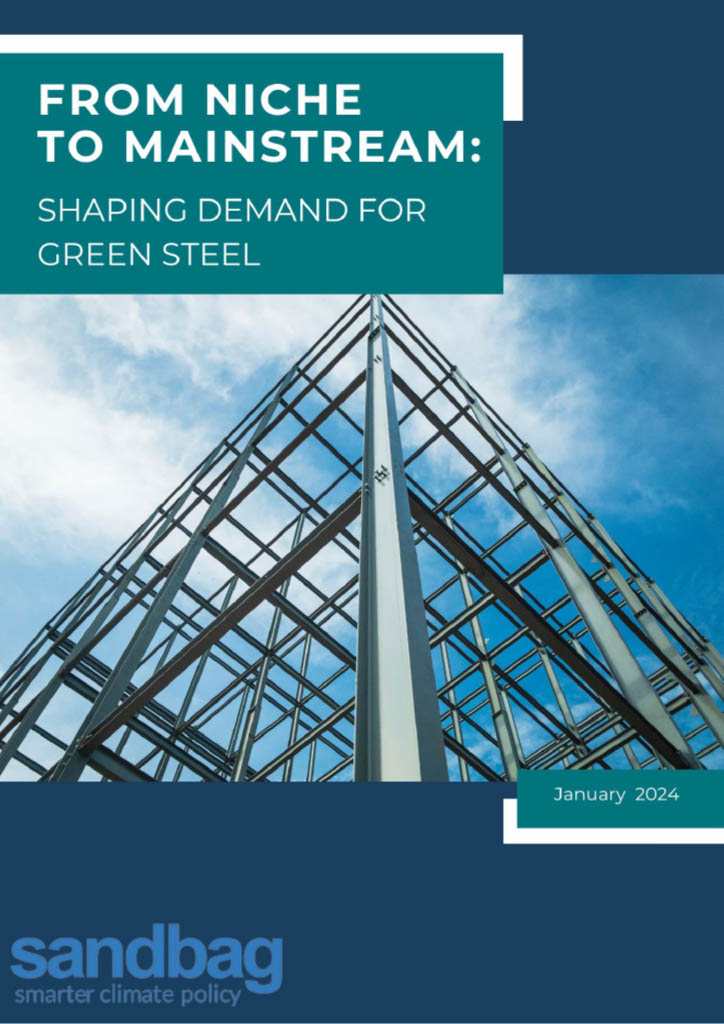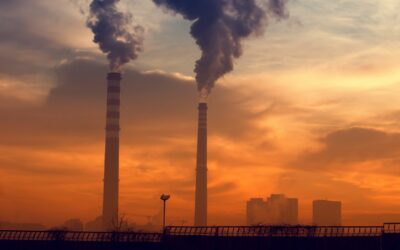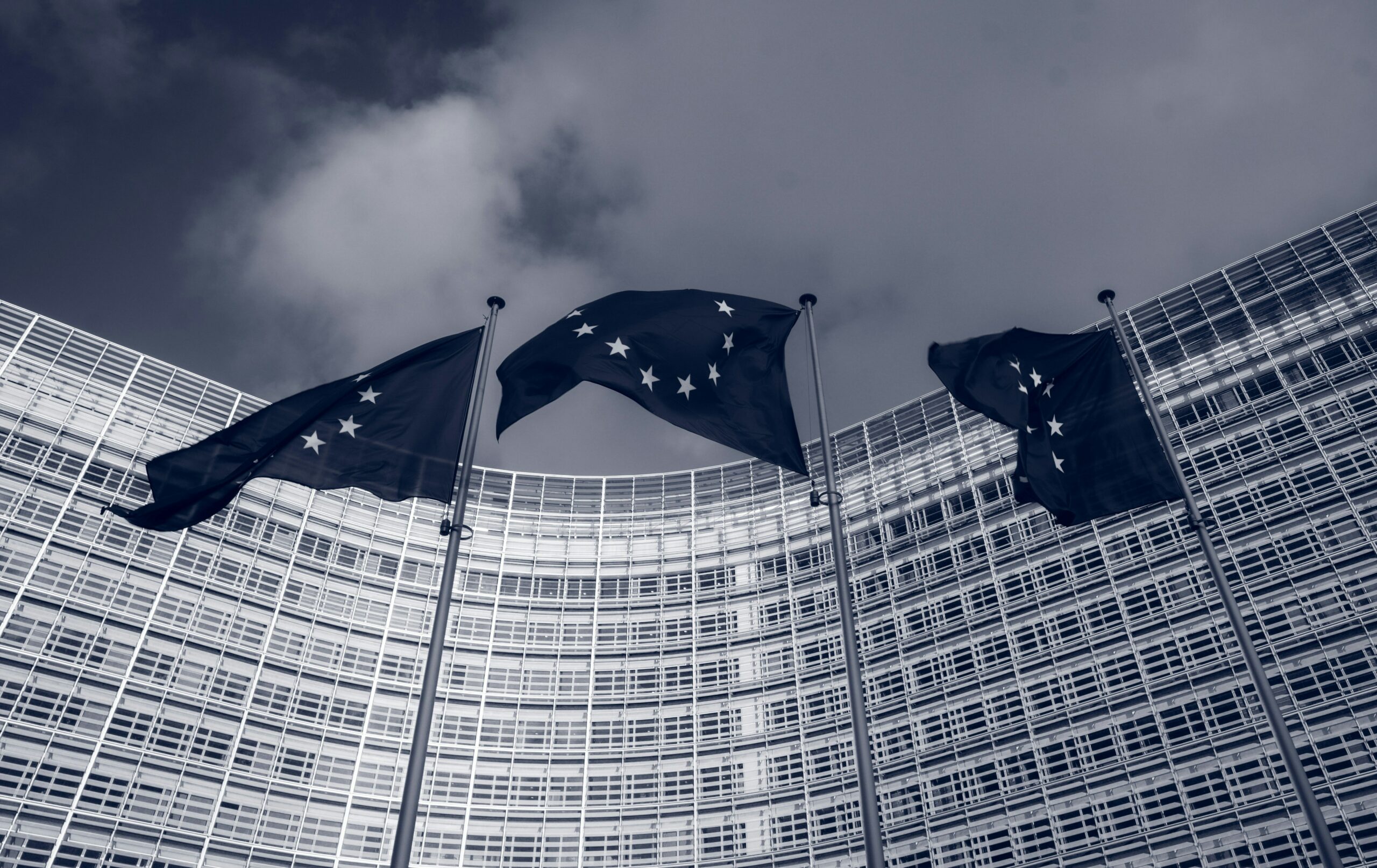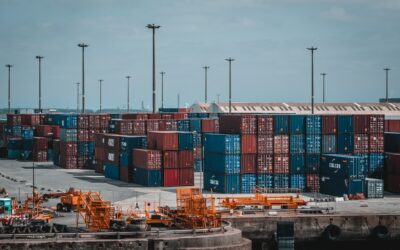From Niche to Mainstream: Shaping Demand for Green Steel
This report on the demand for green steel examines the impact of steel production using low-carbon technologies further down the value chain.
Key Takeaways
- Due to weak carbon prices and high electricity costs, producing green steel incurs in a premium, which can vary significantly across plants and production cycles.
- Since the steel market fails to differentiate finished products based on their environmental performances, the business case for producing green steel remains uncertain.
- Fragmented green steel standards discourage the developments of lead market, which are guaranteed market segments for the purchase of green materials while proposed sliding scales for the indexation of embedded GHG emissions to scrap content penalise circularity and protect blast furnaces.
- Uncertainty regarding consumers’ willingness to pay for better environmental performance, negatively affects manufacturers procurement strategies for green steel.
- Because voluntary commitments by downstream manufacturers are not enough to create a business case, demand-side measures for green steel are necessary to de-risk investments in cleaner steelmaking technologies.
- Steel-intensive manufacturing sectors that rely on flat steel, where manufacturing processes contribute significantly to the total value of the final product, are well positioned to lead the adoption of green steel.
Background
A number of low-carbon steel projects are expected to become operational in the EU by 2030, but the shift to cleaner steelmaking faces a persistent challenge: higher operating costs. The high cost of electricity and weak carbon prices create a barrier for green steel technologies to compete with conventional steel produced via unabated blast furnaces.
The price premium
Differentiating steel markets on the basis of environmental performance is essential to justify the premium associated with green steel production to downstream manufacturers and end-users. Establishing lead markets to ensure the offtake of green materials and the premium they carry is necessary to bridge the cost gap between conventional and green steel until carbon pricing, technological advancements and electricity prices converge to make green steel the new norm.
Several downstream manufacturers in EU steel-intensive sectors, such as automotive, construction and white goods, have signed off-take agreements with potential European green steel producers. However, these contracts may not be sufficient to match the prospected low-carbon steel project annual capacities, and to make investments in clean steelmaking technologies viable. A green premium that adequately compensates for the additional operating costs of one green steel plant may not be sufficient for another, creating uncertainty and potential risks such as inflation, increased public spending or undue profits. Pull mechanisms by means of public intervention are thus essential to guarantee demand for green steel and de-risk investments.
The price premium remains the ultimate hurdle for green steel, as cleaner production methods are susceptible to fluctuations due to technological and regional variables. Therefore, either public authorities or the steel value chain must bear the burden of unclear costs to mitigate the risks associated with investing in green steel technologies.
Photo by Luca Upper- Unplash
Read More:
CBAM extension: Closing the emissions gap
Sandbag’s new position paper urges the European Commission to expand the CBAM horizontally and vertically, addressing loopholes and supporting the phase-out of free allocation.
For a systematic use of default values in the CBAM
The current carbon emissions reporting in the CBAM fails to achieve its goal of replacing free allocations under the EU ETS and undermines its integrity. A systematic default value system would improve the CBAM and safeguard the EU ETS.
CBAM DRI loophole requires new free allocation reform
We took part in a targeted survey run by the European Commission’s DG TAXUD on methodologies used to calculate embedded emissions and the rules for adjusting CBAM obligations alongside free allocation under the ETS. Our proposal: free allocation should be reformed to close the ‘DRI loophole’.




